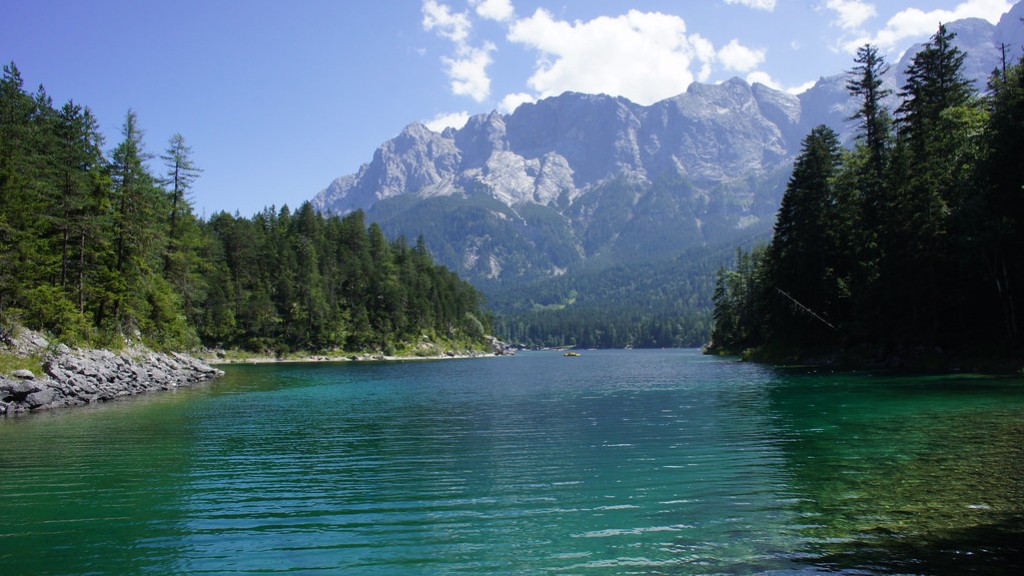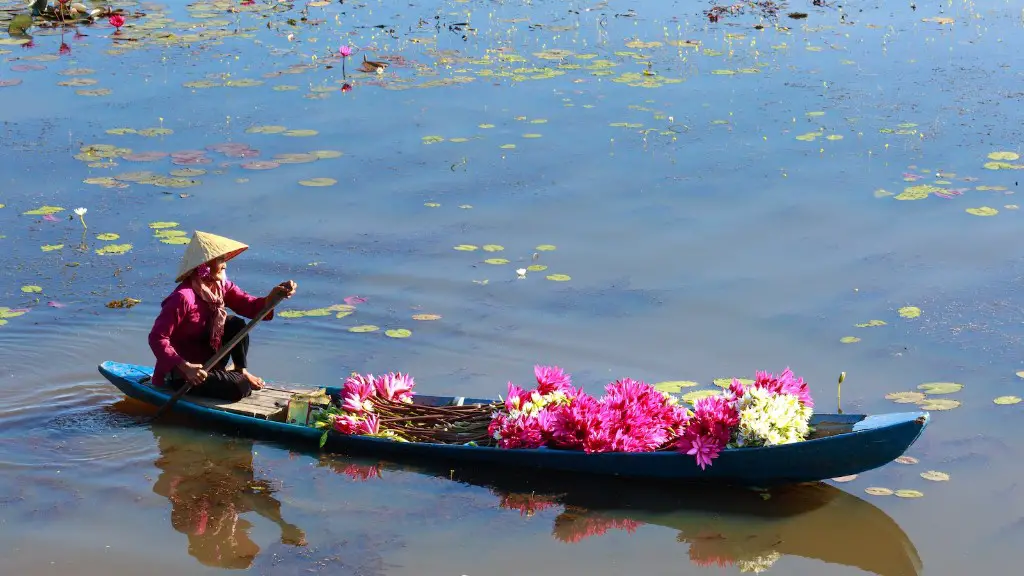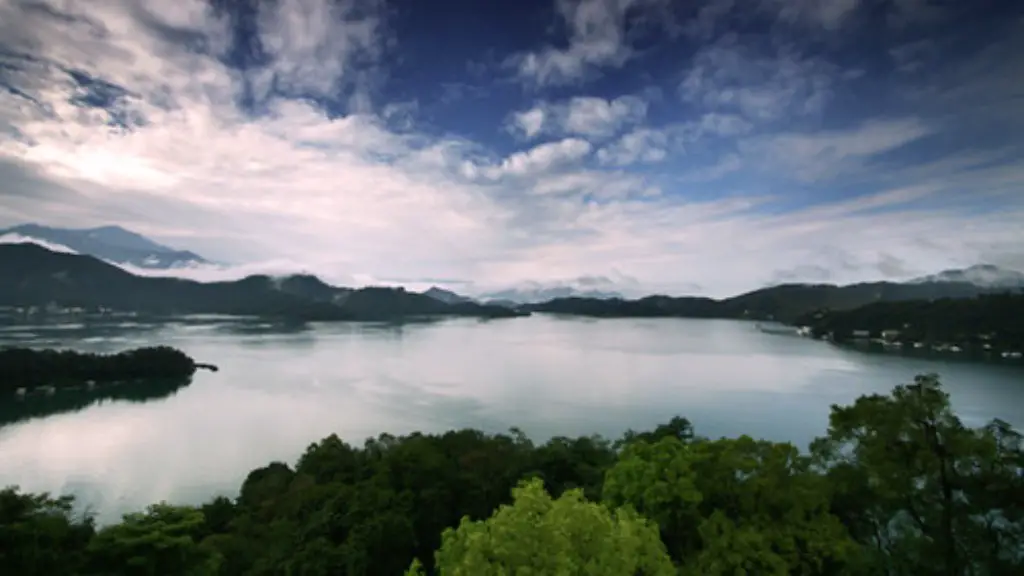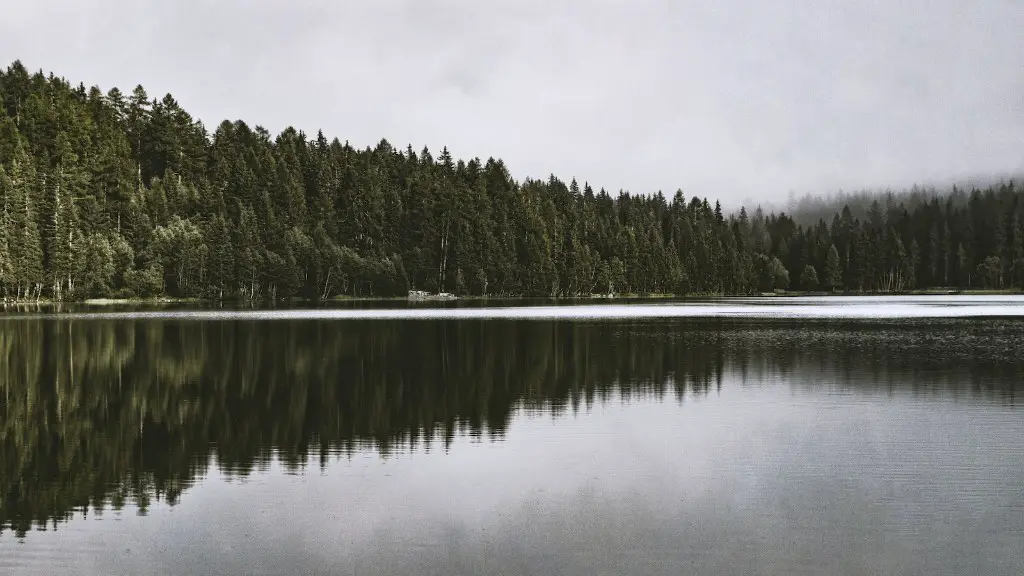Bordering between Eastern Siberia and Mongolia lies Lake Baikal. It is the deepest, oldest, and most voluminous freshwater lake on the planet, teeming with a vibrant ecosystem like no other. Its characteristics, ranging from its size, age, bio-diversity, along with its location have made it so special, so unique – no other body of water on earth can compare.
There has been concrete attempts in the past to proclaim Lake Baikal as the Eighth Natural Wonder of the World, with UNESCO certifying it as a World Heritage Site in 1996. The lake itself, measuring 636 km long and 79 km wide, contains an astonishing 23,000 cubic kilometers of freshwater – making it the largest freshwater lake in the world, at least five times the size of Lake Superior, the next biggest one. By this measure, it holds a fifth of the world’s total lake water, totalling approximately 20% of the world’s unfrozen freshwater – making it one of the most important natural reservoirs of freshwater. Scientists also estimate that due to its sheer size, the lake holds enough water to cover the entire surface of the United States with a feet of water.
It’s estimated the lake’s age is around 25 million years old and that the lake itself branched off from the ancient Arctic Ocean. The lake’s average depth is 744 meters, but this varies depending on the season, due to powerful winds, but can also dip as low as 1,760 meters, making it the world’s deepest lake. Such a deep lake narrows its plumbing, so to speak, made all the more important by the limestone that seals its bottom. All these factors together slow down the water’s purge process, stop pollution levels and help the lake maintain itself with its clean and pure water. Despite this, the lake is still at risk of becoming polluted in the wake of industrial and agricultural facilities that have opened up recently.
When it comes to its biodiversity, Lake Baikal truly stands in a category of its own. While it is estimated that the number of animal species in the whole world range into the millions, Baikal’s unique ecosystem can boast some unique creatures like the Nerpa, Russia’s only exclusively freshwater seal, making it a threatened species. The lake also houses hundreds of varieties of plants, fish, amphibians and reptiles, most of which cannot be found anywhere else in the world. Scientists estimate the lake’s ecosystem contains an astonishing 1,700 species of plants and animals, of which more than two-third of the species have been discovered in the 20th century and may have evolved in a sort of isolation, within the Ecology of the Baikal basin.
The bottom of the lake contains a number of underwater caves and grottos, along with limestone cliffs and walls, making it an attractive destination for scuba diving and underwater photography. Tourists from all over the world can view an untouched natural environment, while they can also explore thermal hotspots with temperatures soaring up to 20 Celsius. There’s also evidence of a phenomenon called ‘whirlpools,’ which attract tourists, along with a vibrant array of fish, creating a beautiful view that remains unique to the lake itself.
Lake Baikal As An Important Historic Feature
Lake Baikal has also been a critical factor throughout Russia’s history. It was an important economic factor since the ancient times when it contributed to a booming fishing industry and panyatic culture that relatively still thrives today. It was a key transportation route that connected Siberia with Central Russia in ancient times, and it is still an important route for transporting oil and gas from the east towards the west. The lake has played a very important role in providing Russians with their source of nourishment and transportation.
Furthermore, Lake Baikal has also been an important source of inspiration for writers, poets, and artists. For many writers, artists, naturalists, the lake has been the source of inspiration and its beauty has been translated into breathtaking works of art, captivating the imaginations of many people. In fact, many research have suggested that the lake’s shorelines have actually undergone little if any changes over the centuries, although some of the rivers that empty into it have undergone changes due to urban development and logging.
Threats To Lake Baikal
In recent decades, potential threats to Lake Baikal have started to emerge. One of those threats is human-induced pollution, primarily due to industrial activities that have taken place in the lake itself, from mining and oil drilling to plastic factories. This has led to deterioration of the water quality and natural resources of the lake, making it prone to decreased water levels, soil erosion, and water pollution. These activities also contribute to the destruction of the lake’s unique biodiversity.
The second threat is climate change. Since the lake is surrounded by mountains and its depth is very high, it is directly affected by climate change – the lake’s environment is irrigated and influenced by the mountains, air, and other sources. Rising temperatures will interfere with the natural life-cycles of the lake’s flora and fauna, and could even lead to the increase of non native invasive species.
The third threat is illegal fishing. According to Greenpeace, about half a million illegal nets are being used in the lake, destroying and depleting its populations of fish. This illegal practice ventures deeper in to the lake, further affecting its fragile ecosystem.
The Need To Conserve And Preserve
Given the vast importance of Lake Baikal, there is a need to ensure its maintenance and conservation. Conservationists continue to encourage the government to better manage the lake’s unique biodiversity, protecting it from the threats of pollution, climate change, and illegal fishing.
Environmental organizations have repeatedly voiced their concerns over the degradation of the lake due to human activities, pointing out that short-term economic gains are being made at the cost of long-term environmental destruction. Greenpeace in specific has created various programs to educate people on the importance of preserving Lake Baikal. By doing so, their goal is to protect and preserve the lake and its unique ecosystem, while making sure the lake remains the economic, social and cultural lifeblood of the region.
On the other hand, more needs to be done to encourage sustainable fishing and tourism. Sustainable fishing can be achieved through better training and enforcement of fishery laws and strengthening of enforcement of strict local policies for tourism. By also increasing public awareness regarding the need for conservation, people can be encouraged to take measures to protect the environment and ensure responsible tourism.
Conclusion
In conclusion, Lake Baikal is one of the most unique and important bodies of water in the world – its characteristics, history and biodiversity make it stand out from other bodies of water. Therefore, it is important that its maintenance and conservation become a priority — only then will the world realize the many values of Lake Baikal.



